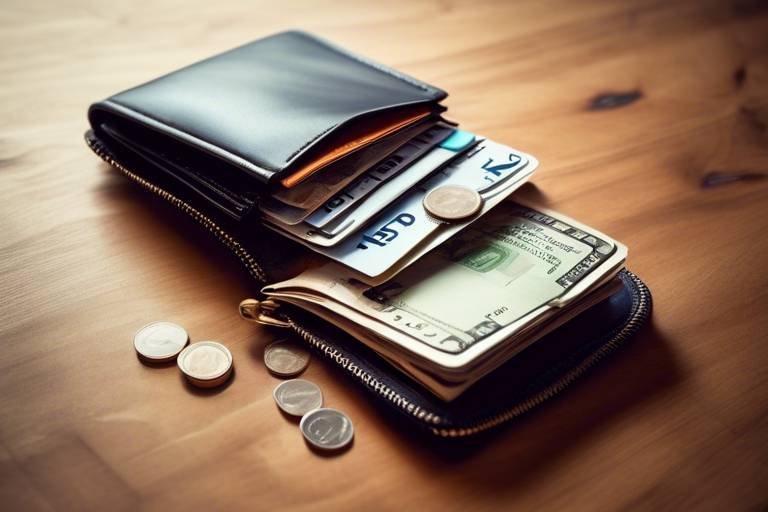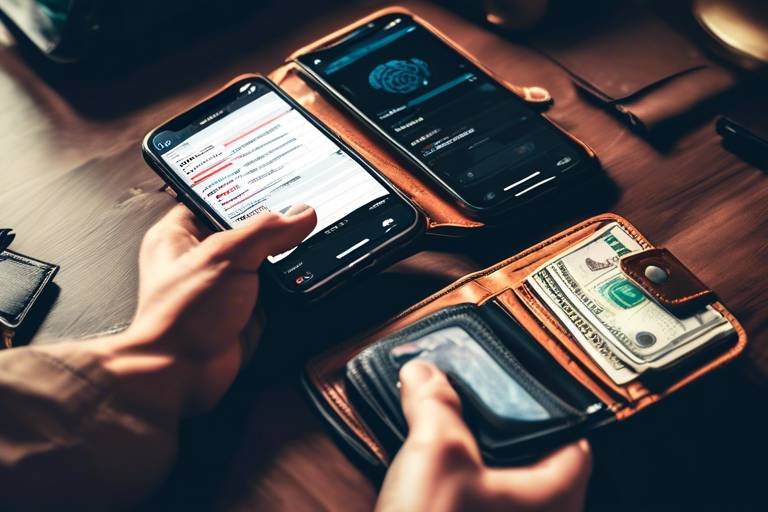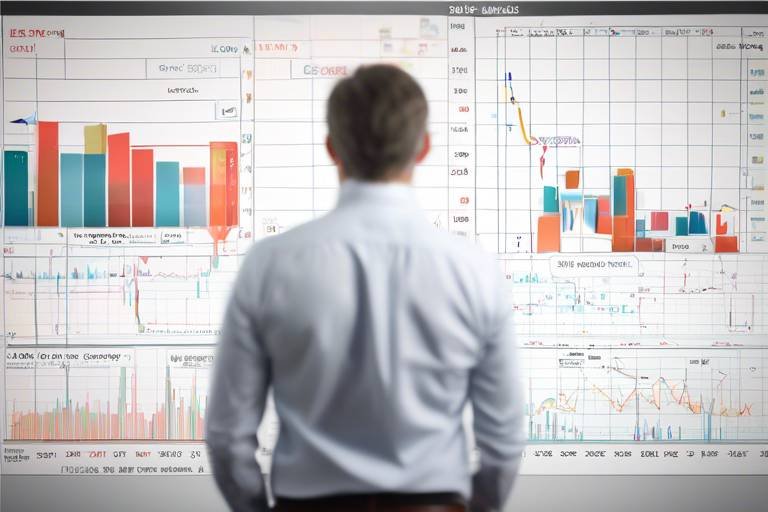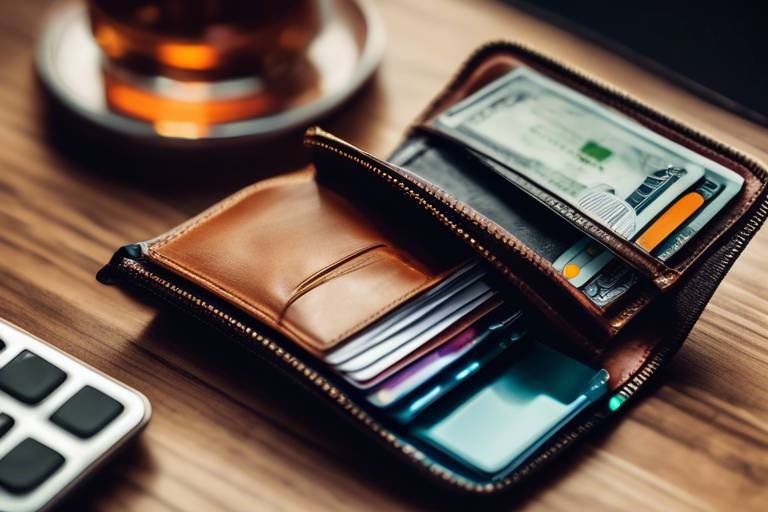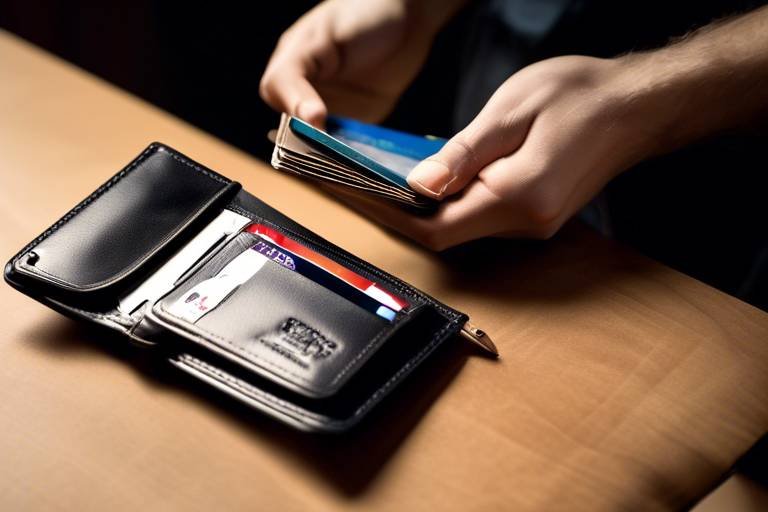The Future of Wallet Interactions with IoT Devices
As we step into a new era of technology, the way we interact with our wallets is undergoing a remarkable transformation. Imagine a world where your wallet isn't just a physical object but a dynamic, integrated part of your daily life, seamlessly connected to the Internet of Things (IoT). This evolution is not merely a trend; it's a revolution that promises to redefine convenience, security, and efficiency in financial transactions. With the rapid advancement of IoT devices, we're witnessing an exciting shift that enhances our purchasing experiences, making them more intuitive and hassle-free.
The integration of IoT technology into financial transactions is reshaping the landscape of how we think about money management. No longer do we need to fumble with cash or cards; instead, our devices are becoming our wallets. From smart refrigerators that can order groceries when supplies run low to wearable devices that allow for quick and easy payments, the possibilities are endless. This seamless interaction not only saves time but also enhances our overall experience in managing finances.
But what does this mean for the average consumer? Well, it means that transactions will become as simple as a swipe or a nod. Picture this: you walk into your favorite coffee shop, and as soon as you approach the counter, your smartwatch recognizes your presence and automatically processes your payment. No more waiting in line or searching for your wallet—it's all done in the blink of an eye. This level of convenience is not just a luxury; it's quickly becoming an expectation in our fast-paced lives.
However, this new frontier isn't without its challenges. As we embrace the future of wallet interactions, we must also consider the implications of security and privacy. With every device connected to the internet, the risk of cyber threats increases. Ensuring that our financial data remains secure while enjoying the benefits of IoT is paramount. This is where advancements in biometric security and blockchain technology come into play, offering robust solutions to protect our information.
In summary, the future of wallet interactions with IoT devices holds immense potential. As we continue to innovate and integrate technology into our lives, we can expect a financial landscape that is not only more convenient but also more secure. The journey ahead is exciting, and as consumers, we are at the forefront of this remarkable change. So, buckle up—because the future of how we manage our money is about to get a whole lot smarter!
- What are IoT devices? IoT devices are interconnected devices that communicate and exchange data over the internet, enhancing functionalities in various sectors, including finance.
- How do smart wallets work? Smart wallets utilize IoT technology to enable automatic payment processing, real-time tracking, and advanced security features.
- Are IoT wallet transactions safe? While they offer enhanced convenience, security measures such as biometric authentication and blockchain technology are essential to protect against vulnerabilities.
- What role does blockchain play in IoT wallets? Blockchain technology provides a decentralized framework that enhances security and transparency in transactions, reducing the risk of fraud.
- What future trends can we expect in IoT wallet technology? Emerging trends include advancements in artificial intelligence, machine learning, and improved user interfaces that will redefine financial interactions.
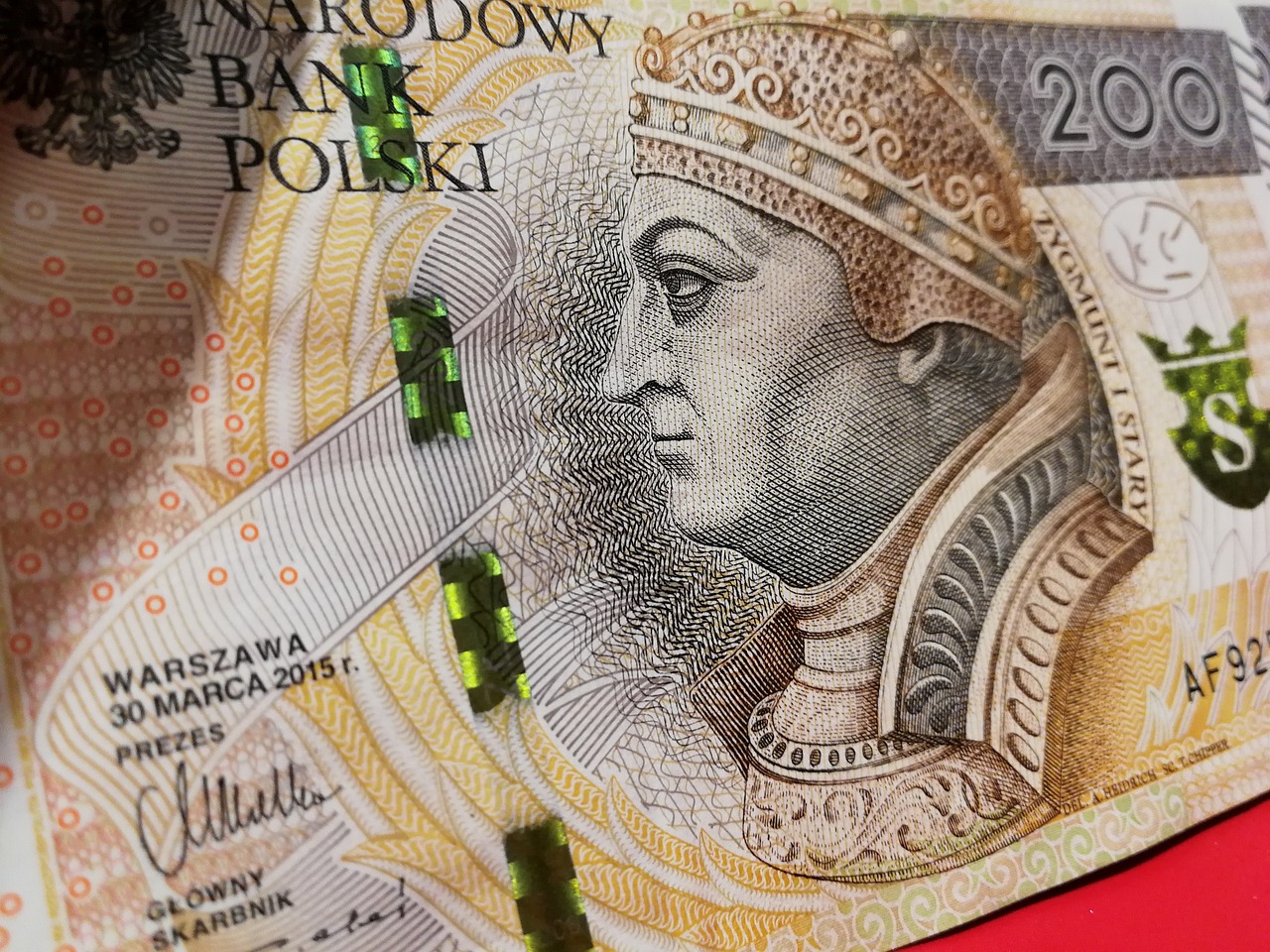
The Rise of IoT in Financial Transactions
In recent years, the world has witnessed a remarkable transformation in how we conduct financial transactions, largely driven by the emergence of the Internet of Things (IoT). This innovative technology is not just a buzzword; it's a game changer that is reshaping our daily lives. Imagine a world where your refrigerator automatically orders groceries when you're running low, or your car pays for fuel as you fill up at the gas station. These scenarios are no longer mere fantasies; they are becoming a reality thanks to IoT.
IoT technology is revolutionizing financial transactions by enabling smarter, more efficient payment systems. With interconnected devices, consumers can enjoy enhanced user experiences that make transactions seamless and secure. No longer do we need to fumble with cash or cards; a simple tap or even a voice command can complete a purchase. This shift is not just about convenience; it's about creating a more integrated financial ecosystem that benefits both consumers and businesses alike.
One of the most significant advancements brought about by IoT in financial transactions is the ability to collect and analyze data in real-time. Devices equipped with sensors can track spending habits, preferences, and even predict future purchases. This data can be leveraged to offer personalized recommendations, discounts, and loyalty rewards, enhancing the overall shopping experience. For instance, a smart wallet could notify you of a sale on your favorite brand while you're shopping nearby, making it easier than ever to save money.
Furthermore, IoT enhances security measures in financial transactions. With the rise of cyber threats, ensuring the safety of our financial information is paramount. IoT devices can implement advanced security protocols, such as encryption and multi-factor authentication, to protect user data. For example, if you're making a payment through a smart device, it might require biometric verification like a fingerprint scan or facial recognition, adding an extra layer of protection that traditional payment methods lack.
However, as we embrace these advancements, it's essential to consider the challenges that come with them. Issues such as security vulnerabilities, privacy concerns, and the need for standardized regulations must be addressed to protect consumers. As IoT continues to evolve, so must the frameworks that govern its use in financial transactions. Ensuring a secure and user-friendly environment will be crucial for widespread adoption.
In summary, the rise of IoT in financial transactions is not just a trend; it's a fundamental shift in how we interact with money. With its ability to streamline processes, enhance security, and provide personalized experiences, IoT is paving the way for a future where financial transactions are faster, safer, and more intuitive. As we look ahead, the potential for IoT to transform our financial landscape is immense, and those who adapt to these changes will undoubtedly reap the benefits.
- What is IoT? - IoT, or the Internet of Things, refers to the interconnected network of devices that can communicate and exchange data with each other.
- How does IoT enhance financial transactions? - IoT enhances financial transactions by streamlining payment processes, improving security, and providing personalized user experiences.
- What are some examples of IoT devices used in finance? - Examples include smart wallets, connected wearables, and IoT-enabled point-of-sale systems.
- What challenges does IoT face in financial transactions? - Challenges include security vulnerabilities, privacy concerns, and the need for regulatory standards.
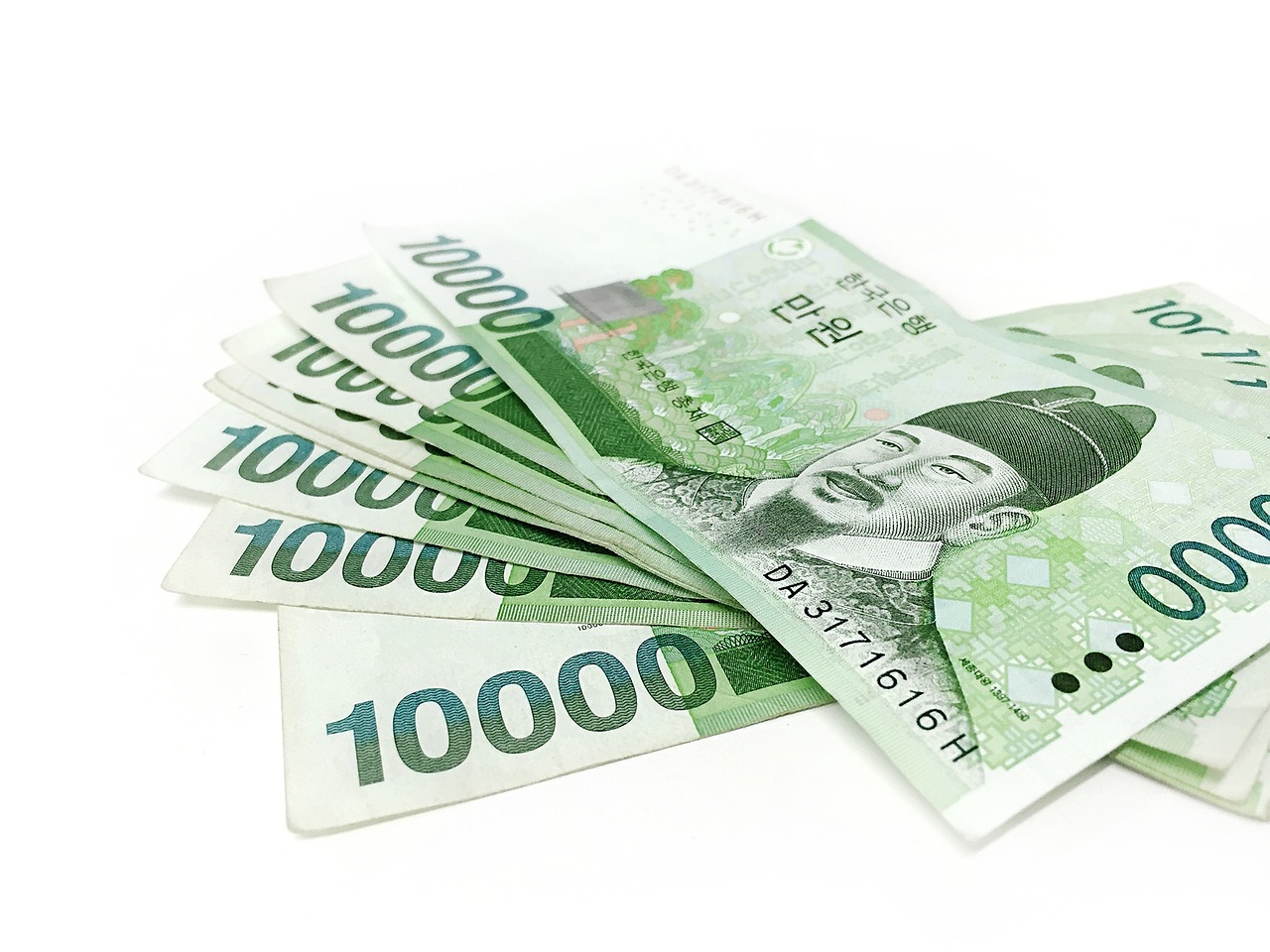
Seamless Payments: How IoT Enhances Convenience
In today's fast-paced world, convenience is king, and the Internet of Things (IoT) is stepping up to the plate to deliver just that when it comes to financial transactions. Imagine a scenario where you can simply walk into a store, grab your favorite items, and walk out without ever reaching for your wallet. Sounds like science fiction, right? Well, thanks to IoT, this futuristic vision is becoming a reality. IoT devices are revolutionizing the way we handle payments, making them not only faster but also more secure.
So, how exactly does IoT enhance convenience in payments? For starters, IoT devices such as smartwatches, smartphones, and other connected gadgets can communicate with payment terminals in real-time. This means you can make purchases with just a tap or a glance, eliminating the need to fumble around for cash or cards. Picture this: you’re in a coffee shop, and instead of pulling out your card or cash, you simply wave your smartwatch at the payment terminal. It’s that simple!
Moreover, IoT technology allows for automatic payment processing. This means that when you’re at a grocery store, your smart cart can calculate your total and process the payment without you needing to stand in line. It’s like having a personal assistant who handles all your transactions smoothly and efficiently. With this level of convenience, consumers can save valuable time, allowing them to focus on what truly matters—whether it's spending time with loved ones or enjoying a leisurely day out.
However, the benefits of seamless payments through IoT don’t stop there. The integration of these devices also enhances the user experience. For instance, many IoT-enabled payment systems can provide personalized offers based on your purchasing habits. If you frequently buy coffee from a particular café, your smart device might alert you to a special discount available that day. This level of personalization not only makes shopping more enjoyable but also encourages consumers to engage with brands in a more meaningful way.
Security is another major factor where IoT shines. With the implementation of advanced security protocols, such as biometric authentication, users can rest assured that their transactions are protected. Imagine using your fingerprint or facial recognition to authorize a payment—this adds an extra layer of security that traditional payment methods simply can’t match. As a result, consumers are more likely to embrace IoT payment solutions, knowing that their sensitive information is safeguarded.
In summary, the integration of IoT in payment systems is transforming the way we think about transactions. The convenience, speed, and security offered by these devices are reshaping consumer expectations and paving the way for a future where financial interactions are as seamless as possible. As we continue to embrace this technology, we can look forward to a world where payments are effortless, allowing us to spend less time worrying about transactions and more time enjoying life.
- What are IoT devices? IoT devices are everyday objects that connect to the internet, allowing them to send and receive data.
- How do IoT devices enhance payment security? They use advanced security measures like biometric authentication to protect user data and transactions.
- Can I use IoT devices for all types of payments? While many retailers support IoT payments, it's essential to check if your preferred payment method is accepted.
- What future trends can we expect in IoT payments? Advancements in AI, machine learning, and improved user interfaces are expected to redefine payment interactions.
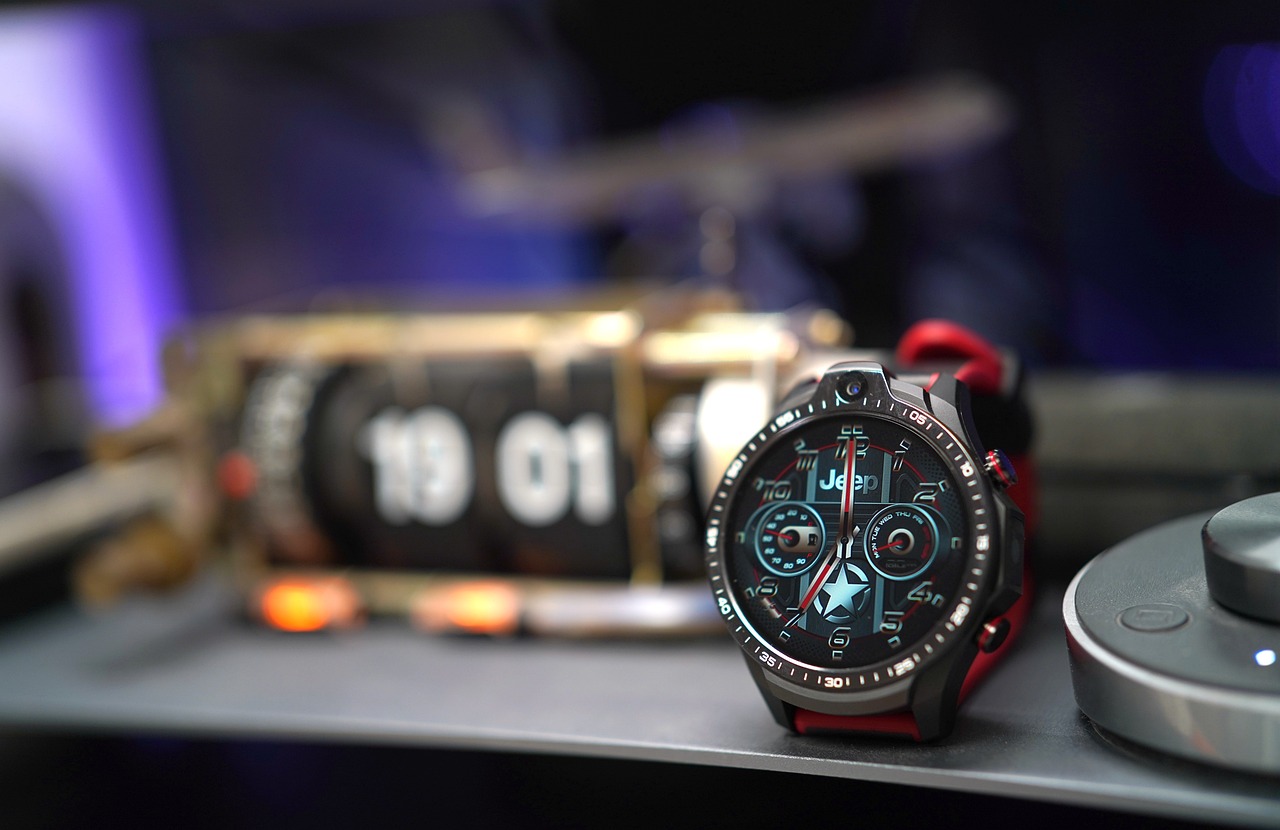
Smart Wallets: The Next Generation
As we step further into the digital age, the concept of a wallet is evolving at a breakneck speed. Gone are the days when a wallet was merely a physical object holding cash and cards. Smart wallets, integrated with IoT technology, are paving the way for a new era of financial interactions that are not just convenient but also incredibly secure. Imagine a wallet that not only holds your money but also keeps track of your spending habits, alerts you when you're about to overspend, and even suggests the best time to make a purchase based on historical data. Sounds futuristic, right? But it’s happening now!
These advanced smart wallets come equipped with features that go beyond just storing your payment information. They utilize real-time tracking to monitor your transactions, ensuring that you are always aware of your financial status. This transparency is crucial in today’s fast-paced world, where every penny counts. For instance, if you’re out shopping and about to make a purchase, your smart wallet can notify you of any ongoing discounts or loyalty rewards that you might be eligible for, making it easier to save money.
Furthermore, the integration of enhanced security measures in smart wallets cannot be overstated. With the rise of digital transactions, the need for robust security protocols has never been more critical. Smart wallets often incorporate advanced encryption methods and biometric authentication, such as fingerprint or facial recognition, to ensure that only you have access to your funds. This not only prevents unauthorized access but also builds a layer of trust between the user and the technology. Can you imagine the peace of mind that comes from knowing your financial information is secure?
Moreover, smart wallets can be seamlessly integrated with other IoT devices, such as your smartphone or smartwatches. This integration allows for a unified experience where you can manage your finances from multiple devices without any hiccups. For example, if you’re at a restaurant and want to split the bill with friends, you can easily do so by tapping your smartwatch, which communicates with your smart wallet to process the payment instantly. This level of convenience is something that traditional wallets simply cannot offer.
In addition to these features, smart wallets are designed to adapt to user preferences through machine learning. They learn from your spending habits and can even predict future expenses, allowing for better financial planning. For instance, if you frequently dine out on weekends, your smart wallet might suggest budgeting a little extra for those outings, ensuring you never find yourself in a tight spot.
In summary, the next generation of smart wallets is not just about holding money; it’s about creating a holistic financial experience that empowers users to take control of their finances. With their advanced features, security measures, and seamless integration with IoT devices, smart wallets are truly transforming the way we interact with money. As we continue to embrace this technology, we can expect even more exciting innovations that will further enhance our financial lives.
- What is a smart wallet? A smart wallet is a digital wallet that uses IoT technology to provide enhanced features like automatic payment processing, real-time tracking, and biometric security measures.
- How secure are smart wallets? Smart wallets utilize advanced encryption and biometric authentication methods to ensure that your financial information is secure and accessible only to you.
- Can I use a smart wallet with my wearable devices? Yes! Smart wallets can be integrated with wearable devices like smartwatches, allowing for seamless transactions on the go.
- What are the benefits of using a smart wallet? Benefits include enhanced security, real-time tracking of expenses, personalized budgeting suggestions, and the convenience of making transactions from various devices.
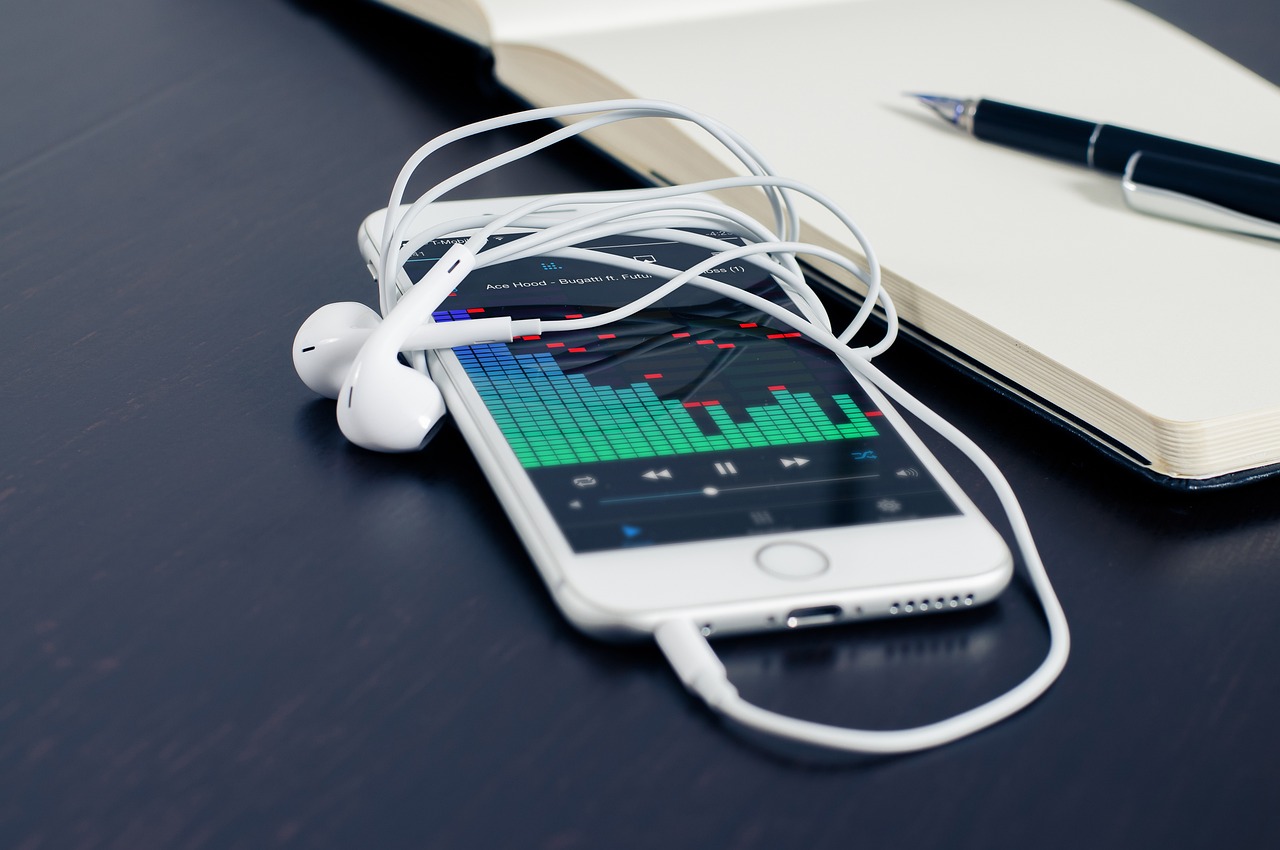
Biometric Security in Smart Wallets
In today's fast-paced digital world, security is more important than ever, especially when it comes to our finances. That's where biometric security in smart wallets comes into play. Imagine a world where you can access your wallet and make transactions simply by using your fingerprint or facial recognition. This technology not only enhances convenience but also provides a robust layer of protection against unauthorized access.
Biometric authentication has become a game-changer in the realm of smart wallets. Unlike traditional passwords or PINs, which can be forgotten or stolen, biometric data is unique to each individual. This means that even if someone gets hold of your wallet, they won't be able to access it without your specific biometric markers. It's like having a personal bodyguard for your financial information!
Here are some key benefits of biometric security in smart wallets:
- Enhanced Security: Biometric data is difficult to replicate, making it a more secure option than conventional passwords.
- Convenience: No more fumbling with passwords or remembering complex codes; your body is the key.
- Real-Time Authentication: Transactions can be approved in seconds, providing a seamless user experience.
However, while the advantages are significant, there are still challenges to consider. For instance, what happens if your biometric data is compromised? The implications can be severe since, unlike a password, you can't change your fingerprint or face. This highlights the need for robust encryption and secure storage solutions to protect biometric data.
Moreover, the integration of biometric security with other technologies, such as machine learning, is paving the way for even more advanced security measures. For example, machine learning algorithms can analyze user behavior and adapt security protocols accordingly. If a transaction seems out of the ordinary, the system can trigger additional verification steps, such as a secondary biometric scan or a request for a password.
In conclusion, biometric security in smart wallets is not just a trend; it is a necessary evolution in the way we handle our finances. As technology continues to advance, we can expect to see even more sophisticated security measures that will keep our financial data safe while providing a user-friendly experience. The future of wallet interactions is bright, and biometric security is leading the charge!
- What is biometric security? Biometric security uses unique physical characteristics, such as fingerprints or facial recognition, to authenticate users and secure access to devices and applications.
- How does biometric security enhance smart wallets? It provides a higher level of security than traditional passwords, allowing for quick and secure access to financial transactions.
- Are there any risks associated with biometric security? Yes, if biometric data is compromised, it can be more challenging to rectify than a password, highlighting the need for secure storage and encryption.
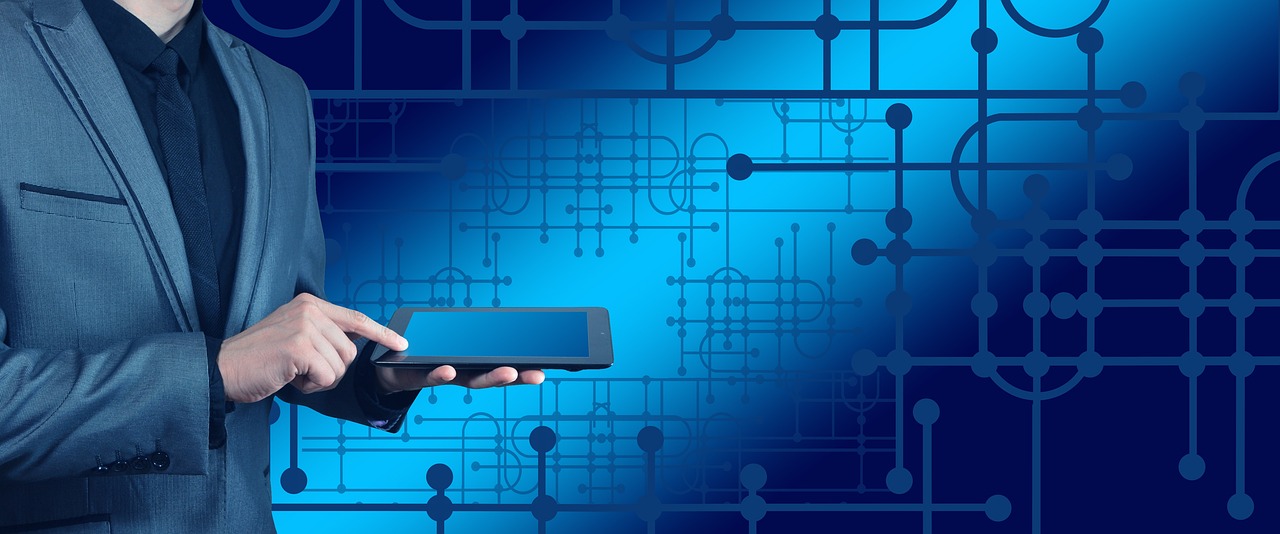
Integration with Wearable Devices
The integration of IoT technology with wearable devices is a game changer in the realm of financial transactions. Imagine being able to make a payment with just a flick of your wrist or a tap on your smartwatch. This seamless interaction not only makes life easier but also elevates the overall user experience to new heights. Wearable devices, such as smartwatches, fitness trackers, and even smart rings, are becoming essential tools for managing payments, allowing users to conduct transactions effortlessly and securely while on the go.
One of the most exciting aspects of this integration is the concept of contactless payments. With NFC (Near Field Communication) technology embedded in these devices, users can simply hold their wearable close to a payment terminal and complete transactions in seconds. This not only saves time but also minimizes the hassle of fumbling for a wallet or phone. In a world where speed and efficiency are paramount, this is a significant advantage.
Moreover, the convenience of wearable devices extends beyond just payments. They can also provide users with real-time notifications about their transactions, spending habits, and even alerts for unusual activity. This level of transparency empowers consumers to take control of their finances like never before. For instance, if you make a purchase that exceeds your usual spending pattern, your smartwatch can alert you instantly, allowing you to stay vigilant against fraud.
However, while the integration of IoT with wearable devices presents numerous benefits, it also raises questions about security. With sensitive financial data being transmitted wirelessly, it’s crucial that robust security measures are in place. Many wearable devices now utilize biometric authentication, such as fingerprint or facial recognition, to ensure that only authorized users can make transactions. This added layer of security not only enhances user trust but also helps mitigate the risks associated with digital payments.
In addition to security, the user interface of these wearable devices is continually evolving. Developers are focusing on creating intuitive and user-friendly designs that allow for easy navigation and quick access to payment features. This means that even those who may not be tech-savvy can enjoy the benefits of IoT-enabled financial transactions. As we move forward, we can expect more innovative features in wearables that will further enhance their functionality and ease of use.
Ultimately, the integration of IoT technology with wearable devices is paving the way for a future where financial transactions are not only secure but also incredibly convenient. As consumers become more accustomed to this technology, it’s likely that we’ll see a significant shift in how people manage their finances, making traditional wallets a relic of the past. The potential for growth in this area is enormous, and it’s an exciting time to be a part of this evolving landscape.
- What are IoT devices? IoT devices are interconnected devices that communicate and exchange data over the internet, enhancing functionality and user experience.
- How do wearable devices enhance payment security? Wearable devices often include biometric authentication methods, such as fingerprints or facial recognition, to secure transactions.
- Can I use my smartwatch for online purchases? Yes, many smartwatches support contactless payments and can be used for both in-store and online transactions.
- What is NFC technology? NFC stands for Near Field Communication, a technology that allows for quick and secure communication between devices over short distances, commonly used in contactless payments.

Challenges in IoT Wallet Interactions
The integration of IoT devices into wallet interactions is undoubtedly exciting, but it also comes with its fair share of challenges. As we move towards a more connected world, the security vulnerabilities associated with these technologies cannot be overlooked. With every new device connected to the internet, there’s a potential entry point for cybercriminals. Imagine your smart wallet being hacked, leading to unauthorized transactions. This is a real concern that users and developers alike must address.
Another significant challenge is the issue of privacy. IoT devices often collect vast amounts of personal data to function effectively. While this data can enhance user experience, it raises questions about who has access to this information and how it is being used. For instance, if a user's spending habits are tracked and analyzed, it could lead to targeted advertising or even discrimination in financial services. The need for robust privacy policies and transparent data usage practices is more crucial than ever.
Additionally, the lack of standardized regulations poses a hurdle in the widespread adoption of IoT wallets. Different regions may have varying laws regarding digital transactions, data protection, and consumer rights. This inconsistency can create confusion for users and complicate the development process for companies looking to create IoT wallet solutions. It’s akin to trying to navigate a maze without a map—frustrating and potentially risky.
Furthermore, users must also contend with the complexity of technology. While IoT wallets promise convenience, the reality is that many consumers may find the technology intimidating or difficult to understand. This can lead to hesitance in adoption, as individuals might feel overwhelmed by the multitude of features and settings. To combat this, companies need to focus on creating user-friendly interfaces that simplify the experience rather than complicate it.
Lastly, there’s the issue of interoperability. With so many different devices and platforms in the market, ensuring that they can communicate and work together seamlessly is a daunting task. Imagine trying to use your smart wallet with a device that doesn’t support its technology; it can be incredibly frustrating. Developers must prioritize creating solutions that work across various ecosystems to enhance user experience and encourage widespread adoption.
In summary, while the future of wallet interactions through IoT devices is bright, it is imperative to address these challenges head-on. Only by tackling issues of security, privacy, regulation, user complexity, and interoperability can we unlock the full potential of IoT wallets and create a truly seamless financial experience for consumers.
- What are IoT wallets? IoT wallets are digital wallets that utilize Internet of Things (IoT) technology to facilitate transactions through connected devices.
- How do IoT wallets enhance security? They leverage advanced technologies like biometric authentication and blockchain to protect user data and ensure secure transactions.
- What are the main challenges faced by IoT wallets? Key challenges include security vulnerabilities, privacy concerns, lack of standardized regulations, user complexity, and interoperability issues.
- Can IoT wallets work with all devices? Not all IoT wallets are compatible with every device. Interoperability can be a challenge, but developers are working to create more universal solutions.
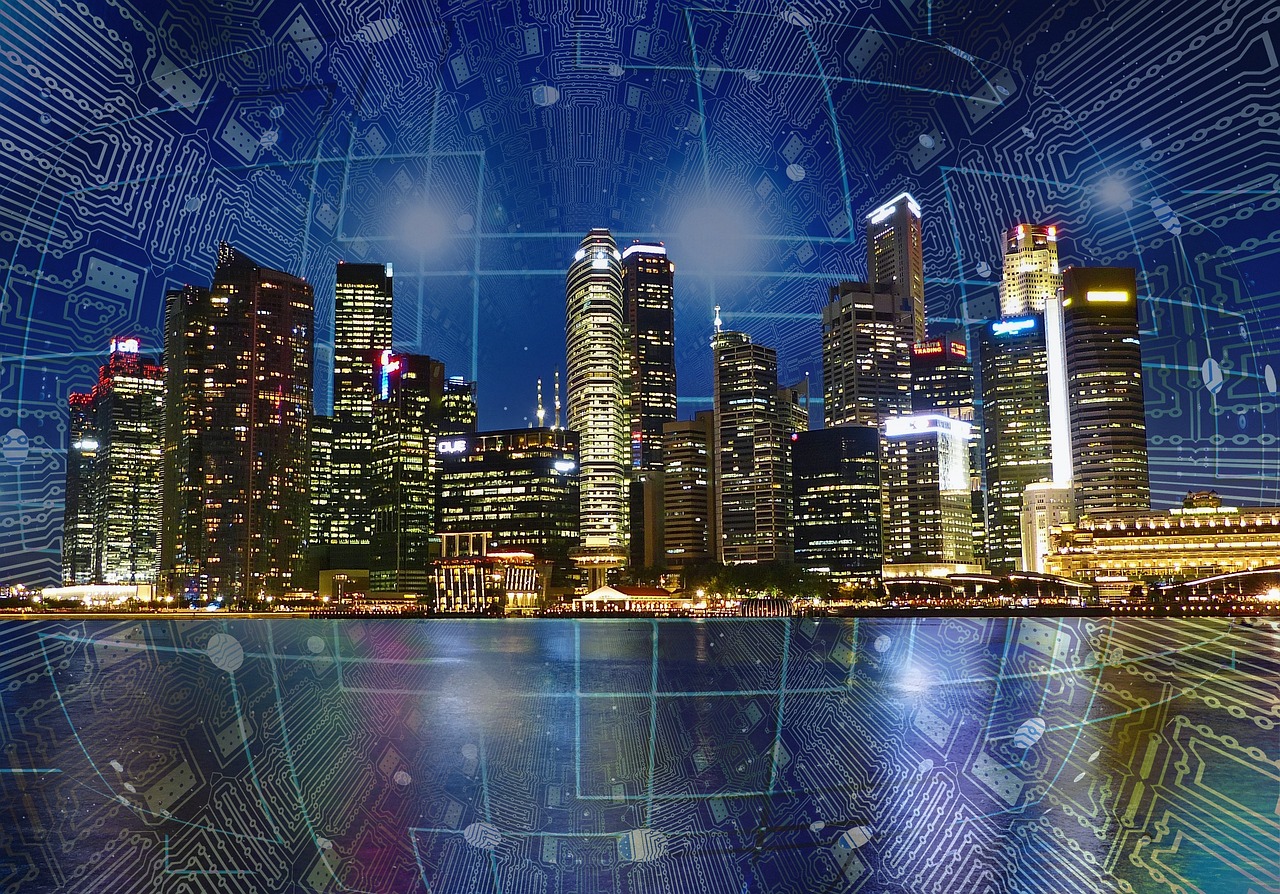
The Role of Blockchain in IoT Wallets
The integration of Blockchain technology into IoT wallets marks a significant leap forward in the realm of digital transactions. Imagine a world where every financial interaction is as secure as a vault and as transparent as glass. That's the promise blockchain holds for IoT wallets. With the ability to create a decentralized framework, blockchain not only enhances security but also ensures that every transaction is recorded immutably, making fraud nearly impossible. This is crucial in a landscape where the digital world is often plagued by security breaches and unauthorized access.
One of the standout features of blockchain technology in IoT wallets is its ability to provide transparency. Each transaction is logged in a public ledger, accessible to all parties involved, which fosters trust and accountability. This is akin to having a transparent bank statement that everyone can see, ensuring that no one can alter the figures without detection. Furthermore, the decentralized nature of blockchain means that there is no single point of failure, which significantly reduces the risk of hacking.
In addition to security and transparency, blockchain enables the use of smart contracts. These are self-executing contracts with the terms of the agreement directly written into code. They automatically execute transactions when certain conditions are met, effectively eliminating the need for intermediaries. For instance, if you’re purchasing a product through an IoT wallet, a smart contract can automatically transfer funds once the product is delivered, ensuring that both the buyer and seller fulfill their obligations without delay. This not only speeds up transactions but also reduces costs associated with traditional payment processing.
However, while the benefits of integrating blockchain into IoT wallets are compelling, it’s essential to recognize that there are challenges to overcome. The technology is still relatively new, and many users may not fully understand how it works. Additionally, the scalability of blockchain solutions is a concern, especially as the number of IoT devices continues to grow exponentially. As such, developers are working tirelessly to create solutions that can handle the increasing volume of transactions without compromising speed or security.
In conclusion, the role of blockchain in IoT wallets is not just a passing trend; it represents a fundamental shift in how we think about financial transactions. With enhanced security, transparency, and the introduction of smart contracts, the future looks bright for consumers and businesses alike. As we move forward, embracing these technologies will likely lead to a more secure and efficient financial landscape.
- What is blockchain technology? - Blockchain is a decentralized digital ledger that records transactions across many computers in a way that the registered transactions cannot be altered retroactively.
- How does blockchain enhance security in IoT wallets? - By providing a decentralized framework and immutable transaction records, blockchain minimizes the risk of fraud and unauthorized access.
- What are smart contracts? - Smart contracts are self-executing contracts where the terms are directly written into code, automating transactions and reducing the need for intermediaries.
- What challenges does blockchain face in IoT wallets? - Some challenges include user understanding, scalability, and the need for widespread adoption to fully realize its potential.
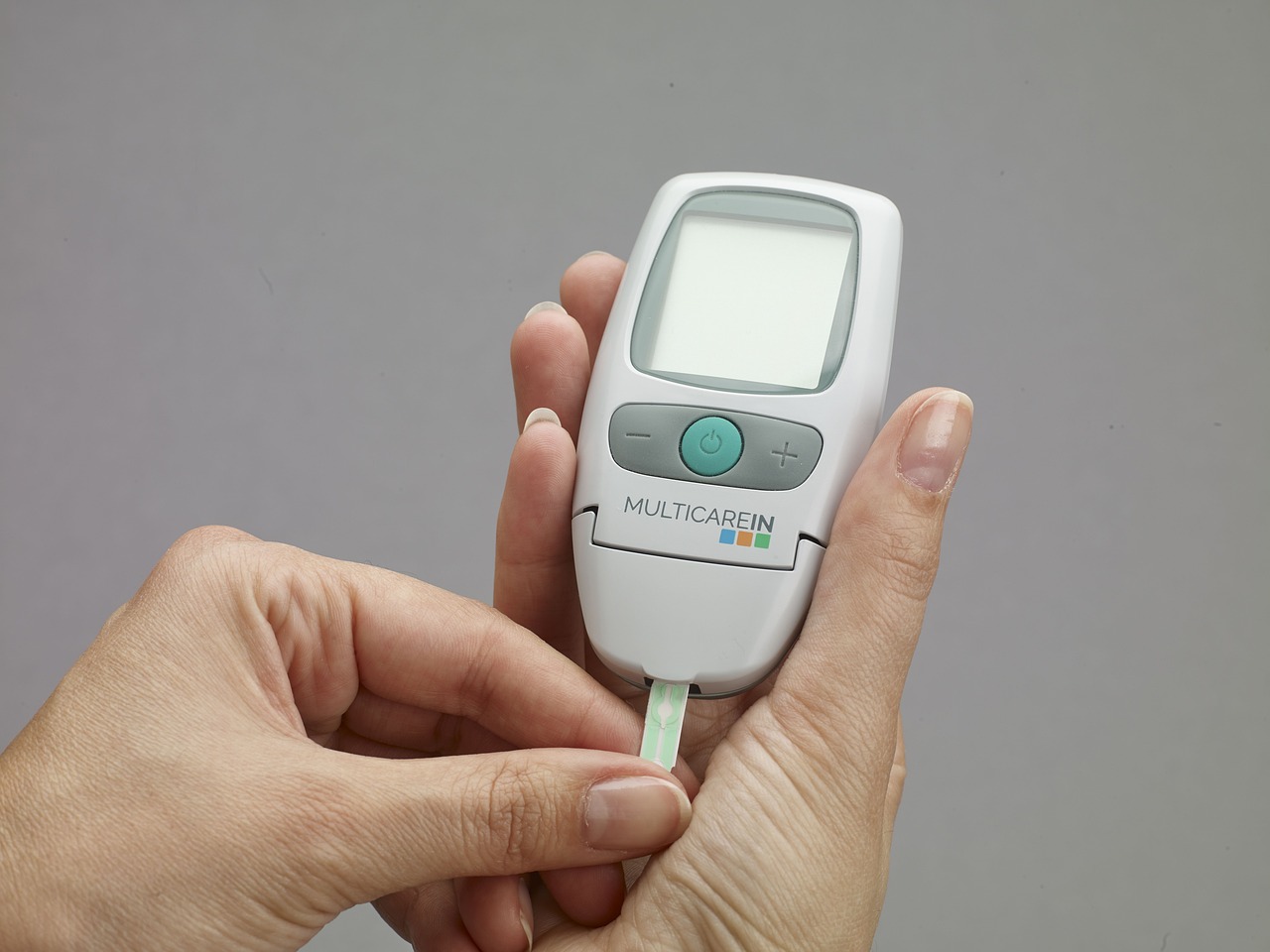
Smart Contracts and Automated Transactions
Imagine a world where your transactions are not just simple exchanges of goods and services but are also governed by self-executing agreements that ensure fairness and transparency. This is the promise of smart contracts in the realm of IoT wallet interactions. Smart contracts are essentially digital agreements that automatically enforce and execute the terms of a contract when predetermined conditions are met. They eliminate the need for intermediaries, which can often slow down processes and introduce additional costs.
In the context of IoT wallets, these smart contracts can facilitate transactions between devices without any human intervention. For instance, consider a scenario where your smart fridge detects that you’re running low on milk. It can automatically place an order with your preferred grocery store, utilizing a smart contract to handle the payment and delivery logistics seamlessly. This not only saves you time but also ensures that you never run out of essential items.
The integration of smart contracts into IoT wallets has several advantages:
- Efficiency: Transactions occur in real-time, significantly speeding up processes that would typically require manual oversight.
- Cost-effectiveness: By removing intermediaries, users can save on transaction fees, making financial dealings more affordable.
- Transparency: Each transaction is recorded on a blockchain, providing an immutable record that can be audited at any time.
- Security: The decentralized nature of blockchain makes it incredibly difficult for unauthorized parties to alter transaction details.
However, while the benefits are substantial, there are challenges to consider. The technology is still in its infancy, and widespread adoption will require significant advancements in both technology and regulatory frameworks. Issues around scalability, interoperability between different blockchain systems, and legal recognition of smart contracts are all hurdles that need to be addressed.
As we look to the future, the potential for smart contracts in IoT wallet interactions is enormous. They could revolutionize various sectors, from supply chain management to real estate, by ensuring that all parties adhere to the agreed terms without the need for constant oversight. Imagine being able to buy a house with a smart contract that automatically transfers ownership and funds upon meeting all conditions, all while you sit back and relax. The future of transactions is not just about speed and efficiency; it's about creating a seamless and trustworthy environment for all parties involved.
- What are smart contracts? Smart contracts are self-executing contracts with the terms of the agreement directly written into code, which automatically enforce and execute once conditions are met.
- How do smart contracts improve security? They operate on blockchain technology, which is decentralized and immutable, making it very difficult for unauthorized changes to occur.
- Can smart contracts be used in any industry? Yes, they have applications across various sectors, including finance, real estate, and supply chain management.
- What challenges do smart contracts face? Key challenges include scalability, interoperability with other systems, and the need for legal recognition.
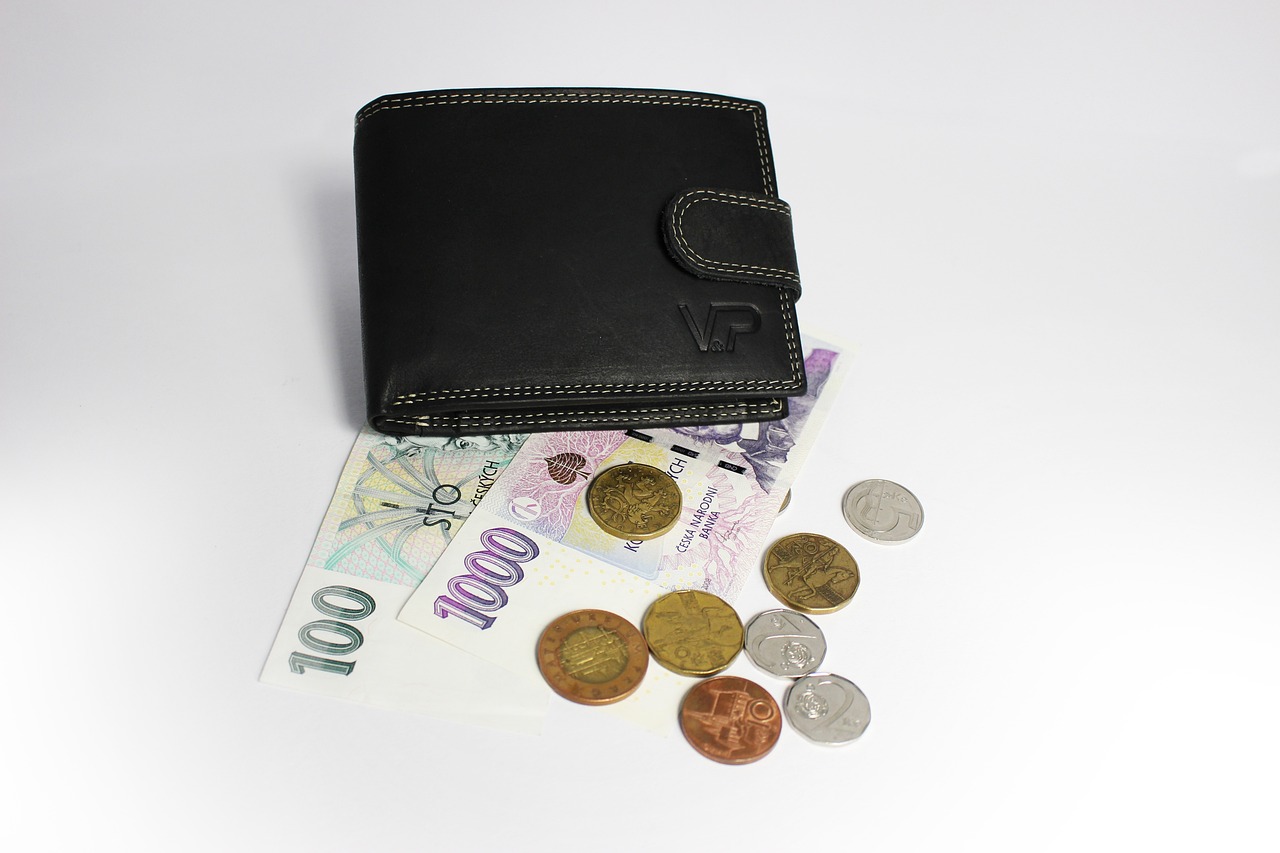
Future Trends in IoT Wallet Technology
As we look ahead, the future of IoT wallet technology is poised for remarkable transformations that will redefine how we manage our finances. Imagine a world where your wallet is not just a physical object, but a smart companion that understands your spending habits, preferences, and even your needs. This evolution is driven by advancements in artificial intelligence (AI), machine learning, and user interface design.
One of the most exciting trends is the integration of artificial intelligence into IoT wallets. AI can analyze user behavior to offer personalized recommendations, helping consumers make better financial decisions. For instance, your smart wallet could suggest budgeting tips based on your spending patterns or notify you of upcoming bills and due dates, ensuring you never miss a payment.
Moreover, as machine learning algorithms become more sophisticated, they can enhance fraud detection systems. By continuously learning from transaction data, these systems can identify unusual spending behaviors in real-time, significantly reducing the risk of fraud. This proactive approach not only protects consumers but also builds trust in IoT wallet technology.
Another trend to watch is the evolution of user interfaces. As technology becomes more intuitive, we can expect to see seamless and engaging interfaces that make managing finances a breeze. Imagine using voice commands or gestures to make payments or check your balance—no more fumbling with apps or passwords. This level of accessibility will empower users, making financial management feel less like a chore and more like a natural part of daily life.
Furthermore, the rise of augmented reality (AR) in financial transactions could add a new layer of interaction. Picture this: while shopping, you could use AR to visualize your spending in real-time. By simply pointing your smartphone at a product, your smart wallet could display how much it will impact your budget, helping you make informed decisions on the spot.
In addition to these technological advancements, we can also expect to see a surge in collaboration between fintech companies and traditional banks. This partnership will likely lead to the creation of more integrated services, making it easier for consumers to manage their finances across multiple platforms. Imagine a world where your bank account, investment portfolio, and spending habits are all accessible from a single, user-friendly interface.
However, with these advancements come challenges. As IoT wallets become more sophisticated, the importance of data security cannot be overstated. Consumers will demand robust security measures, including end-to-end encryption and multi-factor authentication, to safeguard their financial information. The future of IoT wallets will hinge on the ability of developers to balance innovation with security.
In conclusion, the future trends in IoT wallet technology promise a more efficient, secure, and user-friendly experience. As we embrace these changes, we can look forward to a world where managing our finances is not just easier but also more enjoyable. The question remains: are we ready to adapt to this new financial landscape?
- What are IoT wallets? IoT wallets are digital wallets that utilize Internet of Things technology to facilitate secure and convenient transactions through connected devices.
- How does AI enhance IoT wallets? AI enhances IoT wallets by analyzing user behavior, offering personalized financial advice, and improving fraud detection capabilities.
- What role does security play in IoT wallet technology? Security is crucial in IoT wallets to protect sensitive financial information, requiring robust measures such as encryption and multi-factor authentication.
- Will IoT wallets replace traditional wallets? While IoT wallets may not completely replace traditional wallets, they will likely become a preferred method for managing finances due to their convenience and advanced features.
Frequently Asked Questions
- What is IoT and how does it relate to wallet interactions?
IoT, or the Internet of Things, refers to the network of interconnected devices that communicate and exchange data. In the context of wallet interactions, IoT enhances payment systems by enabling devices to facilitate seamless transactions, making payments faster and more efficient.
- How do smart wallets work?
Smart wallets leverage IoT technology to provide features like automatic payment processing, real-time tracking, and enhanced security. They can connect with other devices, allowing users to make payments effortlessly without needing to pull out a physical card.
- What are the security measures in place for smart wallets?
Smart wallets utilize biometric authentication methods such as fingerprint and facial recognition to ensure secure access. This technology helps protect user data and enhances trust in digital transactions.
- Can I use wearable devices for payments?
Absolutely! Wearable devices like smartwatches and fitness trackers are increasingly being integrated with payment systems, allowing users to make transactions on the go, making everyday purchases more convenient.
- What challenges do IoT wallet interactions face?
While IoT wallet interactions offer many benefits, they also come with challenges, including security vulnerabilities, privacy concerns, and the need for standardized regulations to protect consumer data.
- How does blockchain enhance IoT wallet security?
Blockchain technology provides a decentralized framework that enhances the security and transparency of IoT wallet transactions. It helps protect against fraud and unauthorized access, ensuring that transactions are secure.
- What are smart contracts and how do they work in IoT transactions?
Smart contracts are self-executing contracts with the terms of the agreement directly written into code. In IoT transactions, they automate processes between devices, reducing the need for intermediaries and increasing efficiency.
- What future trends can we expect in IoT wallet technology?
Emerging trends in IoT wallet technology include advancements in artificial intelligence, machine learning, and user interface enhancements. These innovations promise to redefine how consumers manage and interact with their finances.



